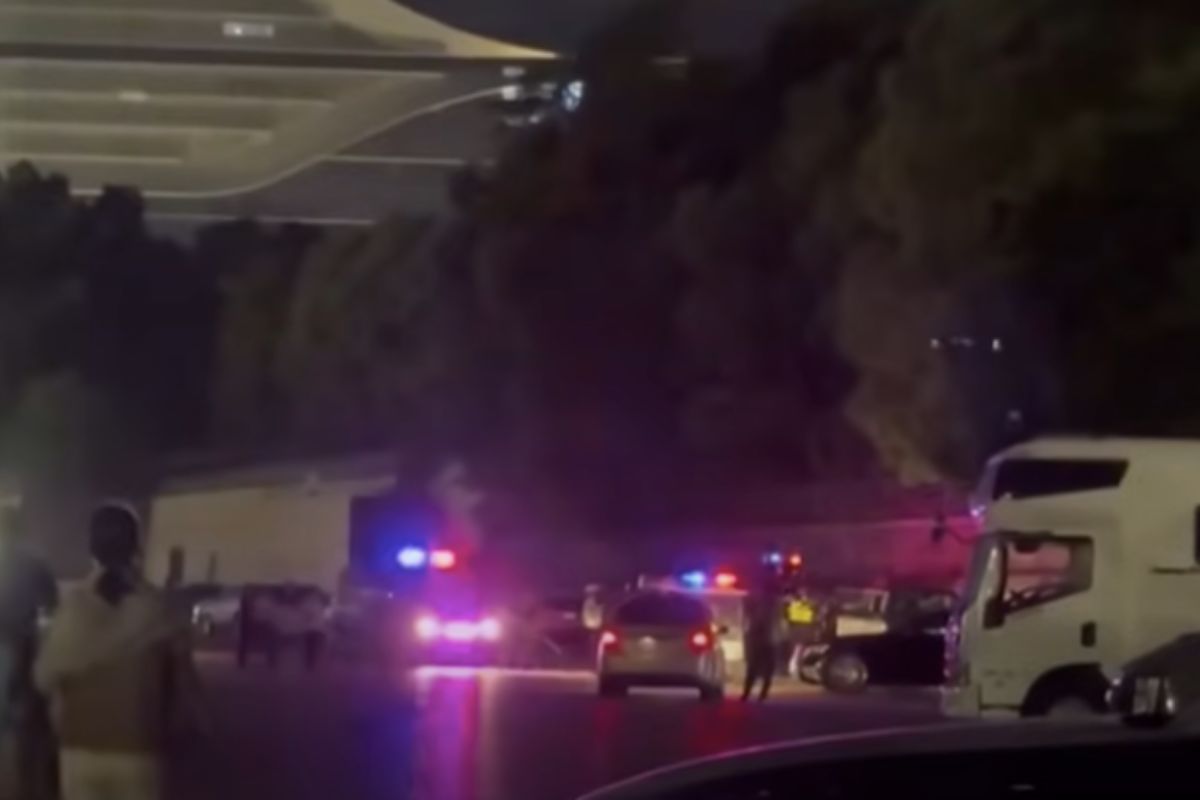SUV rams into students and pedestrians outside primary school in China, sparking concern over rising violence

A new incident outside a primary school in Changde, southern China, has added to growing concerns about public safety following a series of violent attacks across the country. On Tuesday (November 19), an SUV driver ploughed into students and pedestrians as children were arriving for school, leaving several people injured though none with life-threatening wounds. Police have arrested a 39-year-old male suspect in connection with the incident, reports Reuters.
The incident occurred just over a week after a devastating calamity in Zhuhai where a driver rammed his vehicle into a crowd at a sports centre, killing 35 people and severely injuring 43 others – marking China’s deadliest mass attack in a decade. The Zhuhai attack was reportedly motivated by the perpetrator’s anger over a divorce settlement.
Social media footage from the Changde incident showed children running into the school compound shouting for help, while other clips captured victims lying on the street and the suspect being restrained. The incident has sparked public discussion about the recent surge in violence, with one social media user questioning why such attacks targeting students are becoming more frequent.
In response to the wave of violence, China’s top prosecutors met on Tuesday to discuss sentencing for “major vicious and extreme crimes.” Procurator-General Ying Yong emphasized the need for severe and swift punishment to serve as a deterrent.
Disadvantaged suspects
While China’s official statistics show violent crime rates well below the global average, experts like Fudan University professor Qu Weiguo note that recent attacks share common features: disadvantaged suspects, often with mental health issues, who feel unfairly treated and voiceless. These incidents have occurred against a backdrop of economic challenges and diminished optimism about jobs and opportunities in China.
The government has responded by tightening security measures, particularly in Beijing, where additional barriers and police officers have been deployed to key locations. However, some observers suggest the violence may reflect deeper social issues amid China’s economic slowdown and limited channels for public grievance resolution, says Reuters.
Social and economic pressures
The incidents have also highlighted tensions between the government’s emphasis on social control and the need to address underlying social and economic pressures facing its citizens. While authorities have recently introduced economic stimulus measures, questions remain about their ability to address the root causes of social discontent.
China’s state media has been swift to censor online discussions about the attacks, removing posts that delve into underlying societal issues. Critics argue that such censorship reflects the government’s fear of collective dissent.
Bloomberg Opinion columnist Karishma Vaswani notes that these incidents challenge the Chinese Communist Party’s narrative of control and stability. “The promise of safety comes at the cost of personal freedom,” Vaswani writes, adding that sustained economic downturns could erode public confidence in the government.
Abhijit Nag
Senoir Editor
